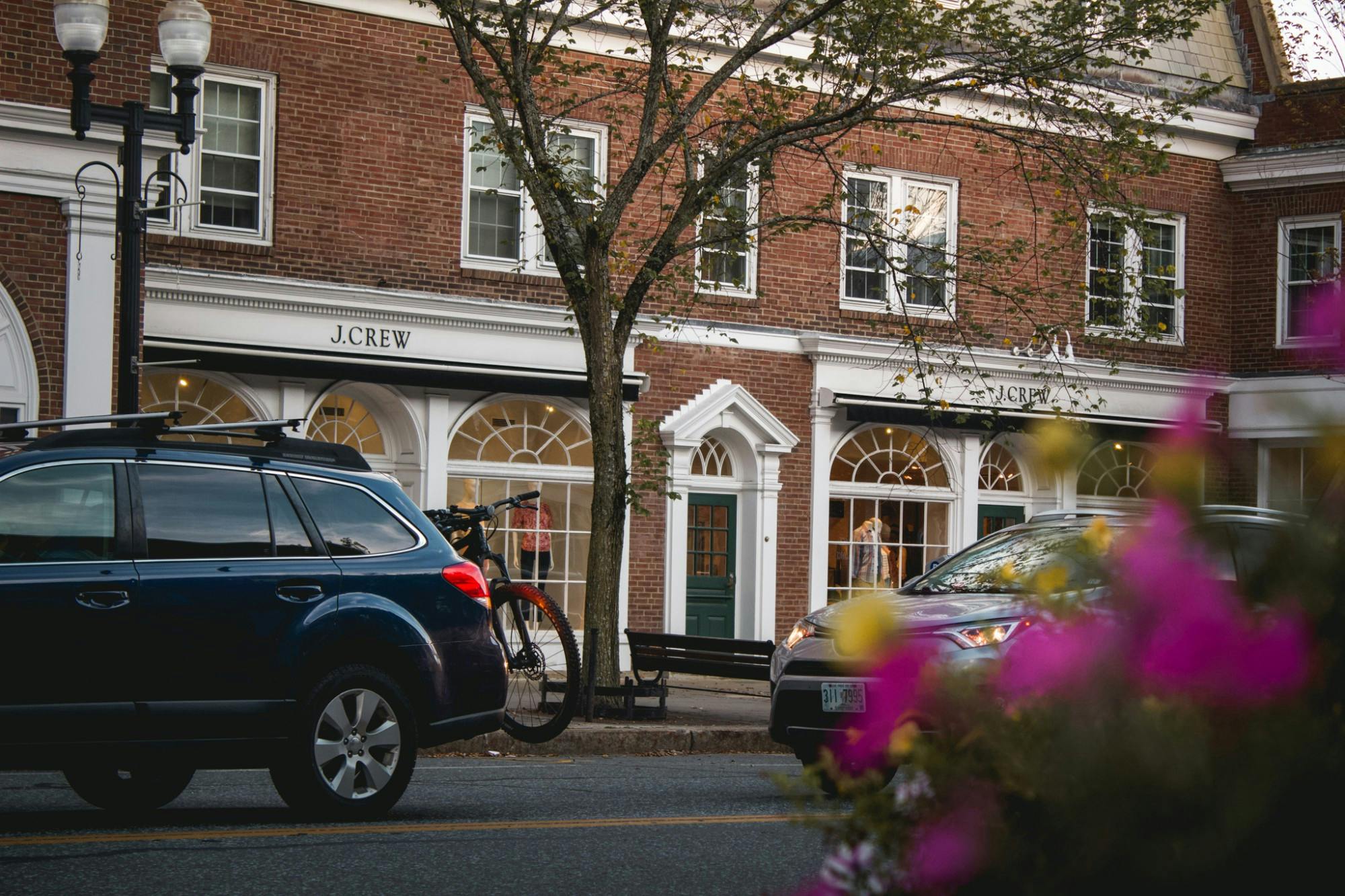On Nov. 9, the Upper Valley Adaptation Workgroup hosted a virtual panel focused on the topic of climate change migration. According to the UVAW, the Upper Valley will experience an increase in population as climate conditions continue to change due to fossil fuel emissions. The event featured a number of local organizations that have coordinated preparedness efforts and conducted research on the issue.
Earth sciences professor and UVAW chair Erich Osterberg opened the event by detailing the goal of UVAW, which was founded in 2011 as a network of organizations that aims to make the Upper Valley a more climate-resilient community. In its Oct. 22 press release, the UVAW characterized the Upper Valley as a “climate-resilient” region. The International Organization for Migration defines climate migration as the relocation of communities due to “sudden or progressive change in the environment that adversely affects [individuals’] lives or living conditions,” often to climate resilient regions.
Conservation Law Foundation vice president Elena Mihaly provided background information on the issue of climate migration during the virtual panel. Certain regions of the U.S. and other countries are becoming more uninhabitable due to higher rates of storms, fires, tornadoes, drought and extreme heat, Mihaly said. Climate specialists predict that the Upper Valley will be an appealing new destination for those displaced by climate change due to its open space, minimal wildfires, distance from ever-rising sea levels and proximity to Boston and New York.
Mihaly brought up VTDigger energy and environment reporter Elizabeth Gribkoff’s Sept. 2019 article titled “Climate change: Could ‘climigration’ help reverse Vermont population trends?”, in which Gribkoff recounted recent cases of migration to Vermont due to environmental reasons.
In 2017, for example, Zack Porter and his wife, Kassia Randzio, moved from Missoula, Missouri to Montpelier, Vermont to escape the state’s most destructive recorded wildfires in history. The couple chose Montpelier due to its proximity to family, “plentiful outdoor access and a strong nonprofit community,” Gribkoff wrote.
Mihaly explained that CLF aims to use “law, science and the market” to prepare Vermont for more frequent migration into the state while “preserv[ing] our natural resources, build[ing] healthy communities and sustain[ing] a vibrant economy.”
She added that public polling has revealed that COVID-19-induced migrants are moving to Vermont for many of the same reasons as climate migrants — notably, the landscape, environment, community and safety.
The sudden onset of COVID-19 — as opposed to the gradual nature of climate change — allowed little time for social and climate scientists to take preparative measures. According to reporting by VTDigger, this explains why COVID-19-induced migration “hurt” some local residents, who “struggled as outsiders pushed the home prices out of reach.”
Meghan Butts, executive director of the Upper Valley Lake Sunapee Regional Planning Commission, explained that the UVLSRPC is made up of “planning professionals, local leaders, businesses and members of the community” who “look at our current state and create future predictions, common goals [and] vision for the community” related to climate migrants.
Though experts predict that migrants will in fact move to the Upper Valley, they cannot say with certainty how migrants will be geographically distributed, how many people will move, what new services the region will require or who will fill vacant jobs, according to Butts. In spite of this uncertainty, UVLSRPC continues to work with infrastructure, economic and housing agencies on a local, statewide and bi-state scale to prepare for what they believe is imminent migration, according to Butts.
The Upper Valley will see a shift in its demographics in the coming years due to climate migration, Hoffman-Kiess said. As of 2019, Vermont and New Hampshire are two of the five states in the U.S. with the highest median age, but this is subject to change as more working class individuals move to the Upper Valley.
Northview Weather CEO Jay Shafer concluded the event by discussing how the company’s climate resilience research has been used to determine the patterns of hazardous storms in order to better prepare the region for dangerous conditions before they occur, he said.
According to Shafer, if humans continue to emit gases at a high rate, the climate of Vermont will be similar to present-day Hartford, Connecticut by the 2060s and Philadelphia by the 2090s — both of which have warmer climates than Vermont. Furthermore, he said his company’s research reveals that New England will likely experience more extreme heat, heavy precipitation, wet snow storms, wind storms and drought as climate change progresses.
“It’s here now… climate change is accelerating,” Shafer said.




